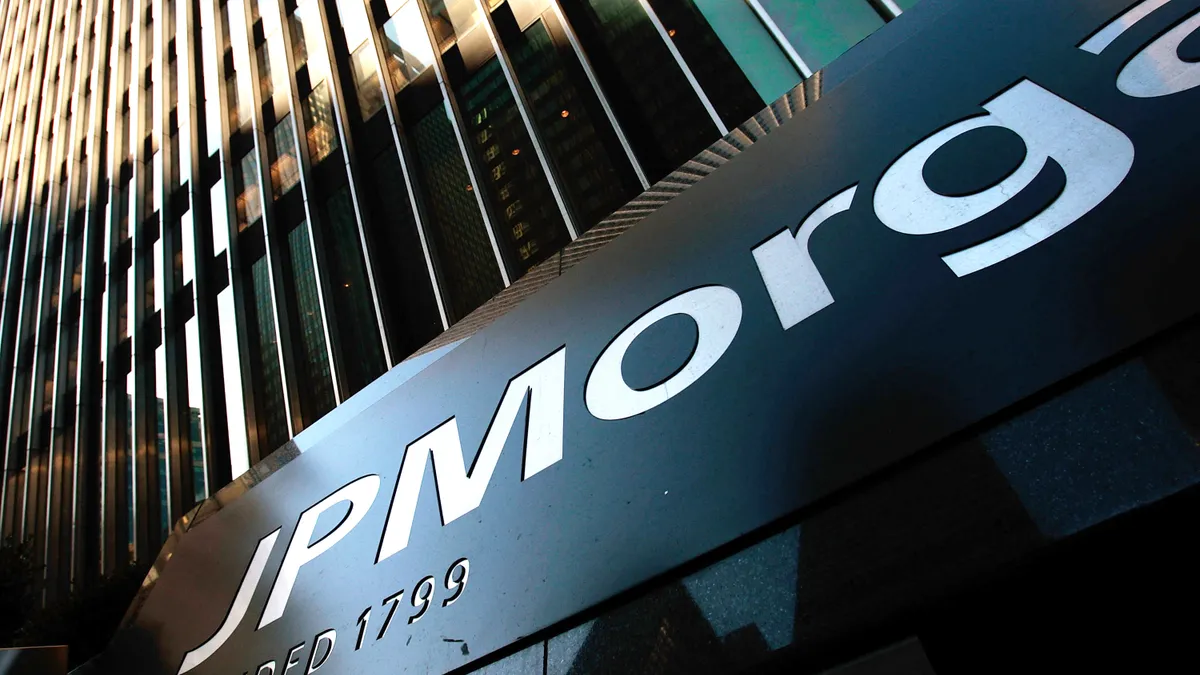Dive Brief:
- U.S. bank net charge-offs for credit card loans dropped about a half percentage point to 4.15% in the second quarter relative to the year-earlier period, according to a data analysis last month from the research firm S&P Global. Net charge-offs have not been this low since late 2023, according to the firm.
- The credit card delinquency rate for the second quarter also fell, declining 18 basis points, relative to the period last year, to 2.98%, the firm’s S&P Global Market Intelligence unit said in an Aug. 26 email.
- Meanwhile, the growth rate in credit card loans issued rose slightly, by one basis point, to 3.28% year-over-year, though that rate was below overall loan growth for the first time in at least three years and has been on a downward trend, the analysis found.
Dive Insight:
Despite broader economic uncertainty and a slowdown in job creation, U.S. households appear to be managing their credit cards effectively, the second-quarter report showed. The S&P analysis attributed the decline in banks writing off credit card loans as unrecoverable and the drop in card account delinquencies partly to growth in household income. The average weekly earnings for U.S. households rose 4.2% from a year earlier, per the report.
While credit card delinquencies appear to be declining now, reports last year indicated that they had reached new heights.
The share of credit card accounts that were 90 or more days past due rose to 0.9%, a 12-year high in Q4 2024, according to The Federal Reserve Bank of Philadelphia’s quarterly survey of credit card data. Continuing into this year, credit card delinquencies of 90 days or more increased to 7.04% in Q1 2025, up from 6.86% in the year-earlier period, according to an analysis from The Federal Reserve Bank of New York’s Center for Microeconomic Data.
Though the report showed credit card loans outstanding increased over last year, the fact that they are below overall loan growth indicates changing consumer behavior and demand for credit card loans, S&P noted in its report.
Indeed, credit card balances dropped by $29 billion to $1.18 trillion between the fourth quarter of last year and the first quarter of this year, the New York Fed found in its report earlier this year.
As banks vie for consumers’ spending, Capital One Financial’s credit card market share rose by 8.7 percentage points to 21.5% following its acquisition of Discover Financial Services, according to S&P’s analysis.
After facing pushback from lawmakers and consumer advocates regarding its Discover acquisition plans, Capital One merged with Discover in May. After closing the deal, the conglomerate said it’s hammering out the details of its $265 billion community benefits plan, which it announced a year prior.











